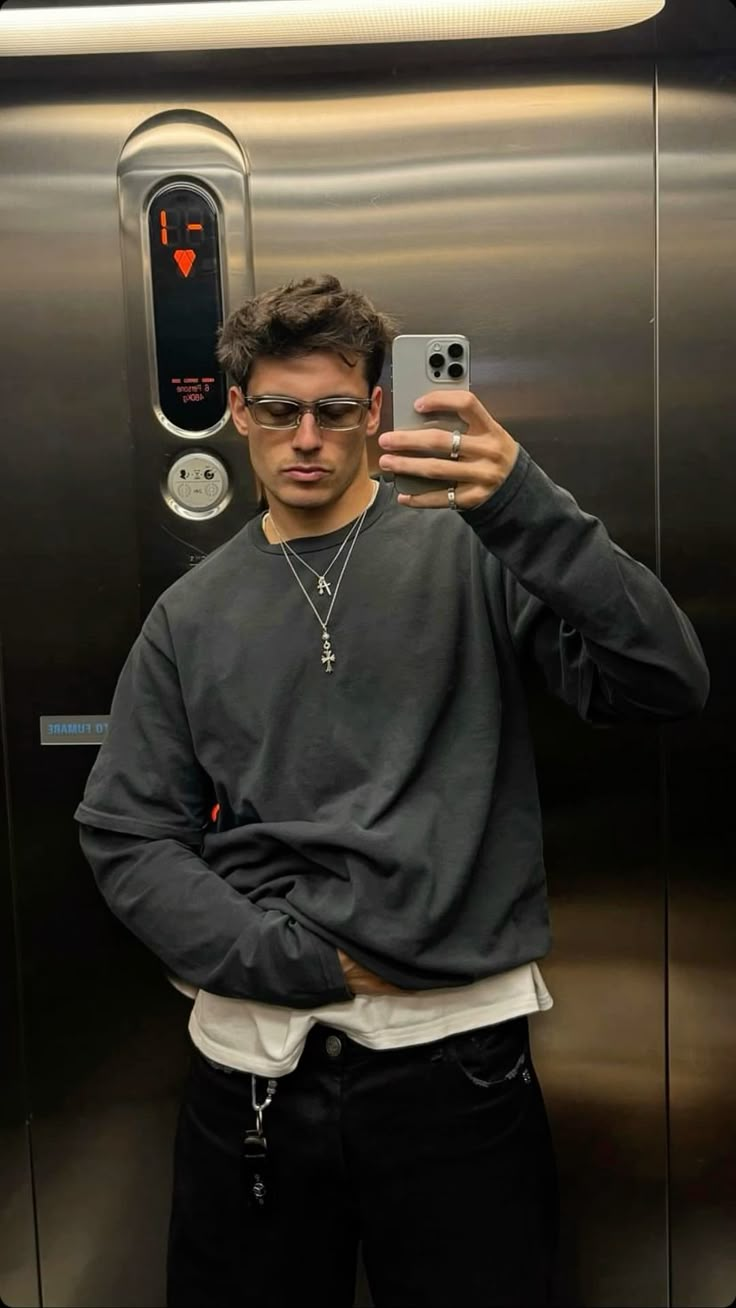
Eco & Edgy: Sustainable Fashion That Slays in 2025
Introduction
In 2025, the fashion world has undergone a profound transformation where environmental awareness meets fierce personal expression. The phrase “Eco & Edgy” captures the duality of this new movement—merging sustainable principles with a rebellious, boundary-pushing aesthetic. This is not about toned-down greenwashed campaigns; it’s about bold style that makes a statement while respecting the planet. Sustainability no longer means sacrificing creativity or trendsetting appeal. Instead, it now fuels a design renaissance where eco-consciousness and daring design live in perfect harmony.
As climate concerns intensify and consumers become more discerning, fashion brands are compelled to rethink their materials, manufacturing processes, and storytelling. The 2025 wardrobe doesn’t just look good; it feels right, aligning with values of responsibility, circularity, and authenticity. Whether it’s upcycled couture, plant-based leathers, or collections rooted in local craftsmanship, this new wave of style proves that ethics and edge can coexist—and even elevate each other.
The Evolution of Sustainable Materials
One of the most critical drivers of the eco-edgy movement is the innovation in sustainable textiles. Today’s eco-friendly fabrics go beyond organic cotton and recycled polyester. Fashion in 2025 thrives on textile revolutions that incorporate unexpected resources like seaweed fiber, orange peel silk, and hemp denim. These bio-materials are engineered to be biodegradable, renewable, and even regenerative for the environment.
Designers and scientists are now working hand in hand to create materials that mimic the properties of traditional fabrics but with a significantly lower carbon footprint. Lab-grown leather has become a popular alternative to animal hides, offering a cruelty-free and high-performing material for edgy pieces like moto jackets, corsets, and combat boots. Sustainability has become a medium for storytelling, with each garment carrying its own origin narrative, design intention, and afterlife plan.
Radical Design Meets Environmental Values
A major misconception about sustainable fashion used to be that it was neutral or plain. But in 2025, boldness defines eco-conscious design. We’re seeing silhouettes that challenge tradition—deconstructed tailoring, oversized and asymmetrical cuts, and avant-garde layering. These design choices aren’t just stylistic; they symbolize disruption of fashion’s wasteful past.
Rebellious aesthetics once reserved for punk or streetwear now find a new home in sustainable fashion houses. Rivets made from recycled metals, hardware printed from biodegradable corn resin, and dye techniques using algae or bacteria bring freshness to garments without compromising ecological goals. Designers embrace raw hems, distressed textures, and modular designs that invite the wearer to customize and reconfigure their clothing.
Slow Fashion with Fast Impact
The philosophy behind slow fashion gains newfound traction in 2025, not as an opposition to fast fashion alone but as an entirely reimagined approach to consumption. Consumers are more inclined to invest in fewer, higher-quality items made by transparent brands that share their values. Made-to-order models, capsule collections, and zero-inventory digital fashion releases are no longer niche—they are becoming the industry standard.
This shift is supported by fashion tech platforms that help consumers trace a garment’s lifecycle, calculate its environmental impact, and explore repair and recycling options. Many brands now partner with local artisans and regional production houses to ensure fair labor practices and to reduce emissions from transportation. By emphasizing quality craftsmanship and local sourcing, fashion moves closer to circularity while retaining its experimental edge.
Digital Fashion, NFTs, and Sustainability
Digital fashion, once a futuristic concept, is now an integral part of sustainable style in 2025. Fashion enthusiasts can experiment with virtual outfits via augmented reality platforms, and digital garments are being minted as NFTs for use in online spaces. This trend helps reduce material waste and introduces an eco-friendly alternative for self-expression, particularly among younger consumers.
High-fashion brands and indie creators alike are designing collections meant exclusively for the metaverse or for social avatars. These digital pieces are often paired with physical counterparts made through sustainable methods, creating an innovative duality between real and virtual wardrobes. The rise of fashion NFTs has even prompted debates on digital carbon footprints, with blockchain networks shifting toward eco-efficient models.
Eco-Conscious Accessories and Footwear
Accessories and shoes are also undergoing a radical transformation. Designers are reimagining accessories with sustainability and utility in mind. Bags made from cactus leather, sneakers constructed from sugarcane foam, and jewelry produced with lab-grown stones and recycled aluminum are widely available.
Footwear brands are especially invested in innovation. Soles made from mushroom roots (mycelium) offer durability and biodegradability, while uppers made from recycled ocean plastic add a narrative layer to the product’s appeal. These accessories are no longer just fashion add-ons—they’re proof points of innovation, technical precision, and values alignment.
Global Movements, Local Voices
Sustainable fashion in 2025 is driven not just by big labels but also by grassroots communities. Emerging designers from the Global South, Indigenous artisans, and young climate activists play a pivotal role in shaping eco-edgy style. These creators offer fresh perspectives rooted in cultural heritage, ethical sourcing, and traditional techniques adapted for modern audiences.
Collaborations between global brands and local artists have resulted in collections that celebrate authenticity and environmental stewardship. This decentralization of fashion power ensures more diverse representation and allows for style that resonates across geographies and communities.
Conclusion
The fashion scene in 2025 represents a new era where environmental values fuel creativity rather than constrain it. “Eco & Edgy” is more than a tagline—it’s a way of dressing with purpose, standing out with substance, and participating in a movement that redefines what it means to be stylish. The balance between innovation and responsibility has unlocked a vibrant realm of possibilities where materials tell stories, silhouettes speak of rebellion, and every garment serves a greater good.
In embracing this evolution, the industry not only meets the moment but reshapes the future. Consumers, empowered with knowledge and choice, are no longer content with compromise. They seek clothes that reflect who they are and what they believe in. As fashion continues to evolve, the most exciting looks will not only slay on the surface but will do so while protecting the planet underneath.


